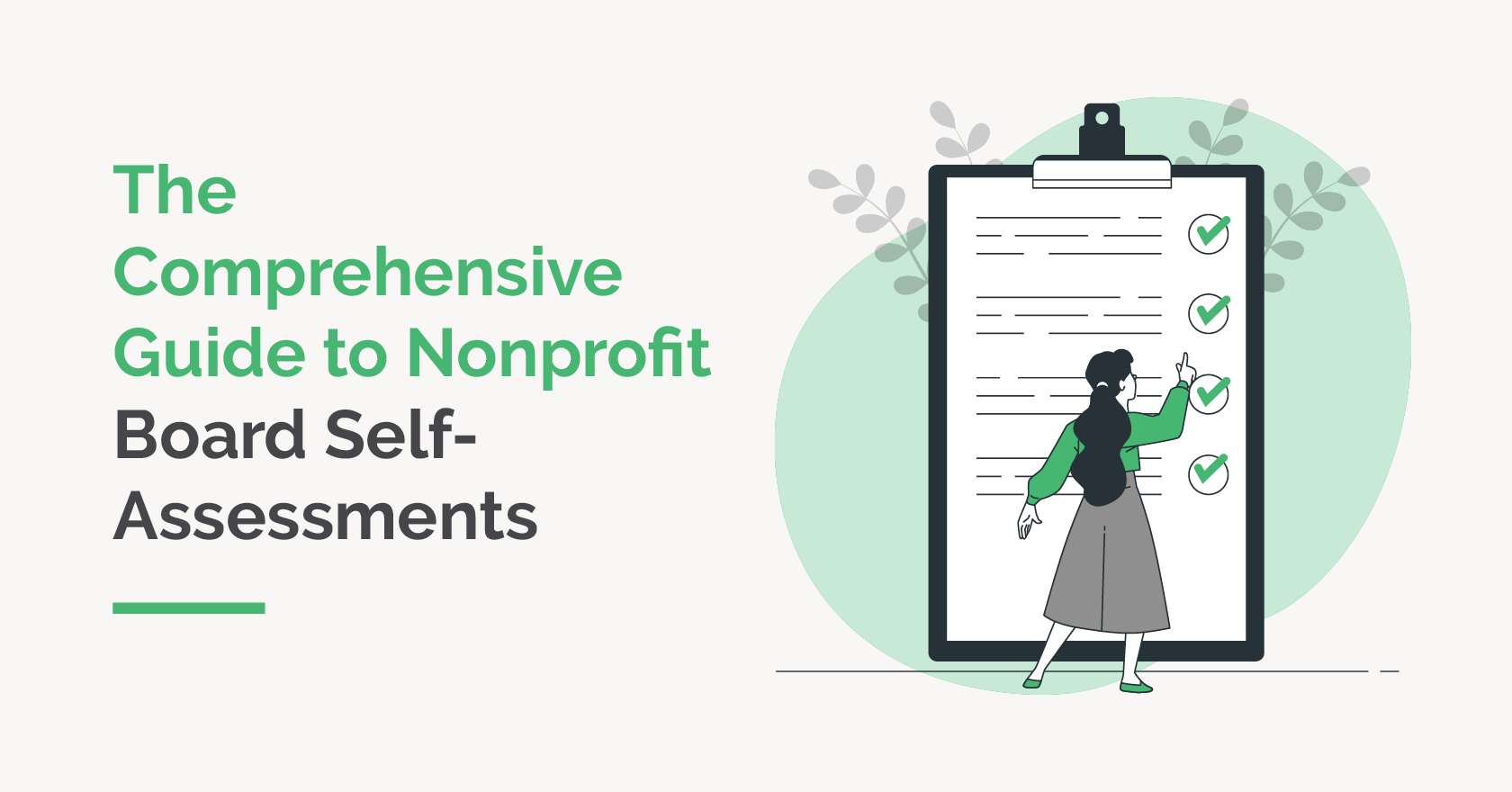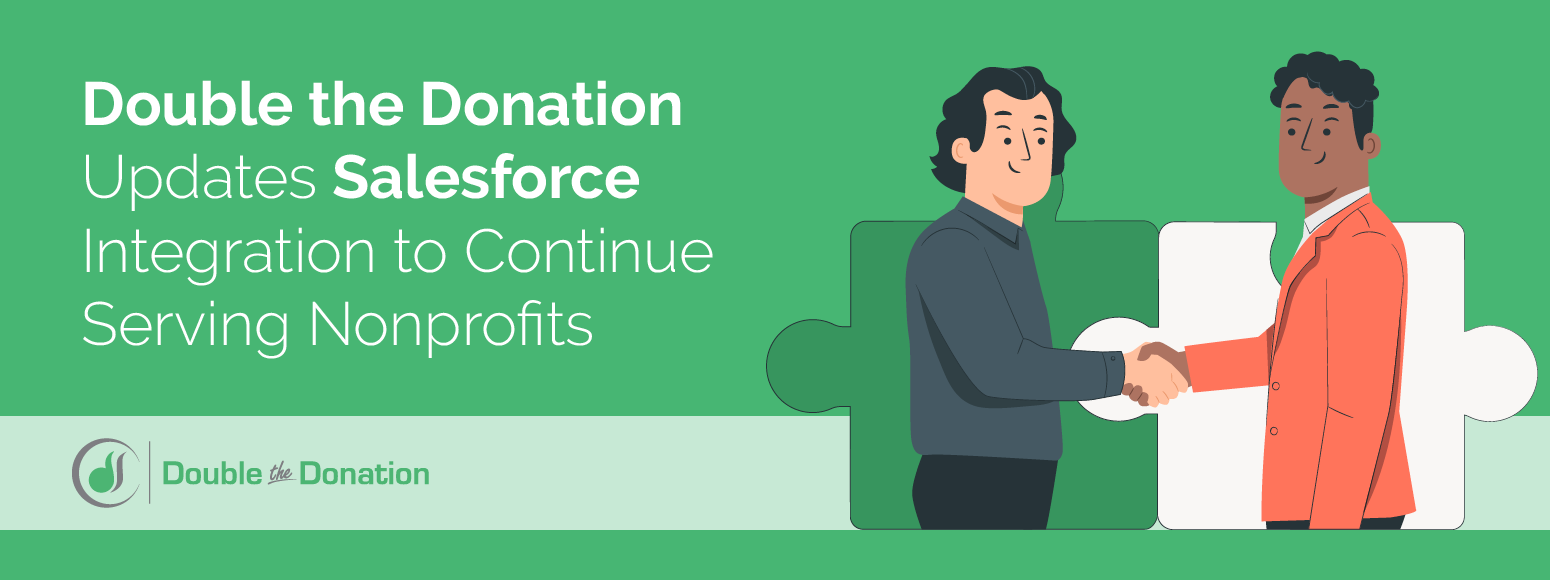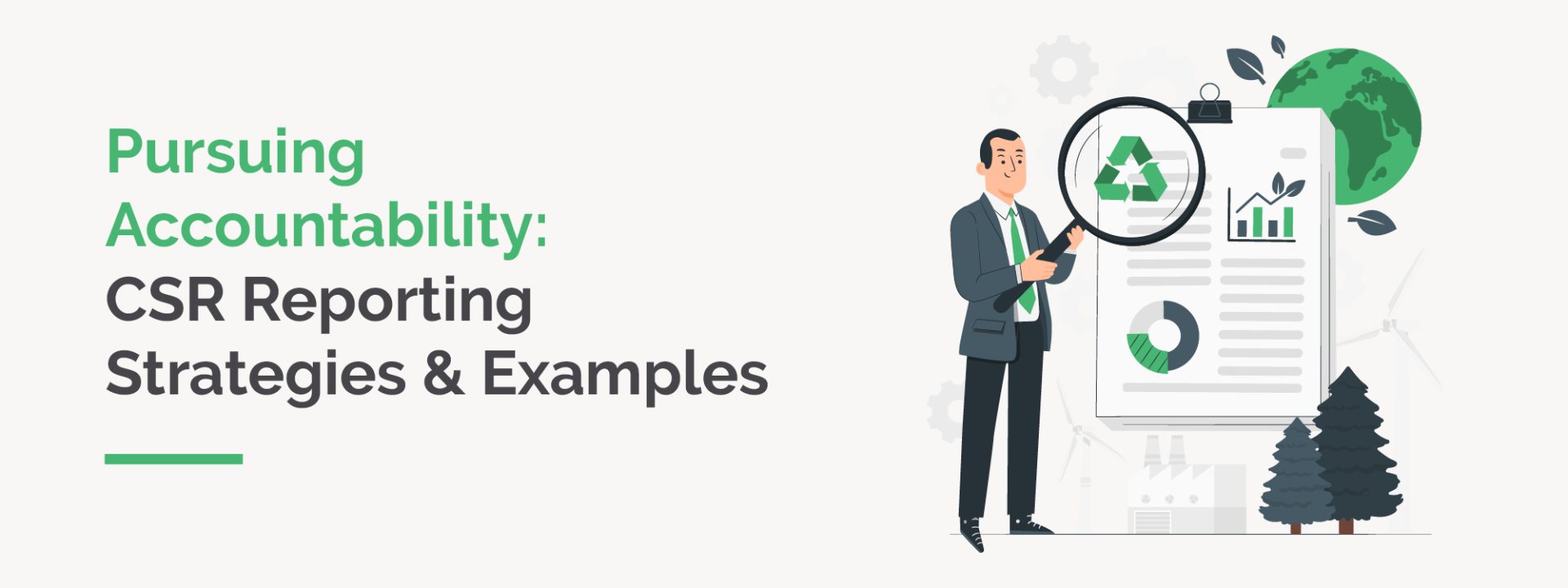
The Comprehensive Guide to Nonprofit Board Self-Assessments
Board members play an important role in nonprofits. They have…

Double the Donation Updates Salesforce Integration to Continue Serving Nonprofits
Double the Donation remains committed to helping nonprofits reach…

Pursuing Accountability: CSR Reporting Strategies & Examples
CSR reporting is an increasingly popular way for businesses…

Companies in Richmond, Virginia with Matching Gift Programs
We at Double the Donation partner with nonprofits to increase…

